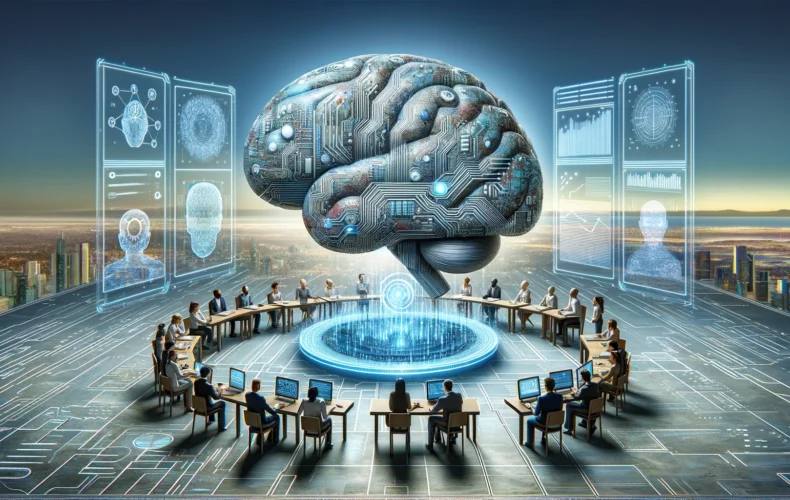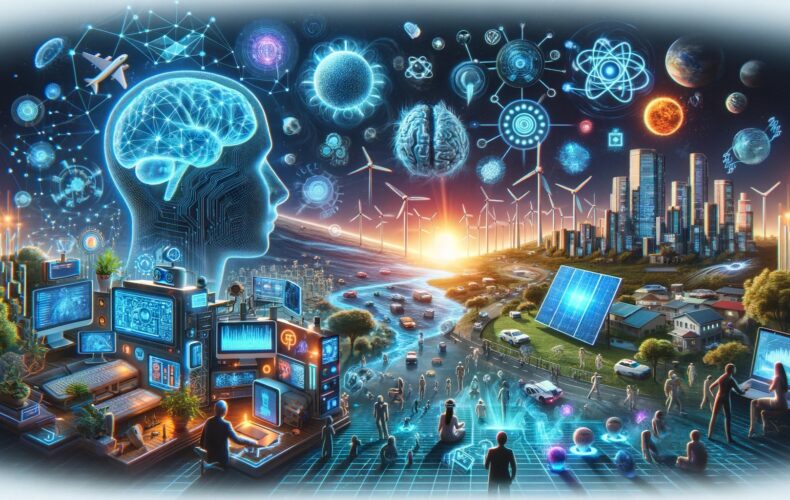Machine Learning (ML) has become a cornerstone of modern technology, driving advancements in various fields such as healthcare, finance, automotive, and more. This article provides an overview of the latest tools and technologies in ML, tailored for tech enthusiasts who seek to stay abreast of this rapidly evolving landscape.
ML Frameworks and Libraries
TensorFlow and Keras
- TensorFlow: Developed by Google, TensorFlow is an open-source ML library widely used for deep learning applications. Its flexible architecture allows for easy deployment across various platforms, including desktops, servers, and mobile devices.
- Keras: Originally an independent neural networks library, Keras now functions as an interface for TensorFlow. It simplifies the process of building and training neural network models with its user-friendly API.
PyTorch
- PyTorch: Created by Facebook’s AI Research lab, PyTorch is known for its dynamic computational graph that allows for flexibility in model building and easier debugging. Its Pythonic nature makes it popular among researchers and developers for prototyping and experimentation.
Other Notable Frameworks
- Scikit-learn: Ideal for traditional ML algorithms, Scikit-learn in Python is renowned for its simplicity and accessibility, making it a great starting point for beginners.
- Apache MXNet: Supported by Amazon Web Services (AWS), MXNet is designed for efficiency, scalability, and optimized performance on both CPU and GPU.
Programming Languages for ML
Python
- Python: The leading programming language in ML, known for its simplicity and readability, coupled with a rich ecosystem of libraries and frameworks.
R
- R: Particularly favored in the field of statistics and data analysis, R is a powerful tool for statistical computing and graphics.
Julia
- Julia: Gaining popularity for high-performance numerical analysis and computational science, Julia combines the ease of Python and the speed of C++.
Others
- Java and C++: Used in specific contexts where integration with existing systems and high performance are crucial.
Cloud Services and ML Platforms
AWS ML Services
- Amazon SageMaker: A fully managed service that provides developers and data scientists the ability to build, train, and deploy ML models at scale.
- AWS Lambda: Allows running code without provisioning or managing servers, ideal for deploying ML models.
Azure Machine Learning
- Azure ML: Offers various tools for ML, including a drag-and-drop interface and integration with popular ML frameworks, catering to both beginners and experts.
Google Cloud AI and Machine Learning
- Google AI Platform: Provides a suite of tools to build, train, and deploy ML models, integrated with other Google Cloud services.
Other Platforms
- IBM Watson: Known for its powerful NLP capabilities.
- Alibaba Cloud Machine Learning: Offers a simple and efficient platform for developing ML applications, particularly in the Asian market.
Specialized ML Technologies
AutoML
- AutoML tools: Automate the process of applying machine learning to real-world problems. Google’s AutoML and H2O.ai are notable examples.
NLP and Speech Recognition
- BERT, GPT-4: Advanced models for natural language processing from Google and OpenAI, respectively.
- Speech recognition tools: Like Google’s Speech-to-Text, are vital in developing voice-activated applications.
Computer Vision
- OpenCV: An open-source library for computer vision tasks.
- ML-based image recognition services: Such as Google Cloud Vision and Amazon Rekognition.
Ethical Considerations and Future Directions
As ML technology continues to evolve, ethical considerations are becoming increasingly important. Issues like data privacy, bias in ML models, and the impact of automation on employment are critical concerns that need addressing. Moreover, the future of ML is looking towards more efficient, explainable, and environmentally sustainable models, along with advancements in areas like quantum machine learning and edge computing.
Conclusion
The field of machine learning is vast and ever-expanding. From powerful ML frameworks and languages to robust cloud services and specialized technologies, the toolkit available for developers and data scientists is diverse and continually evolving. As we move forward, keeping up-to-date with these tools and technologies will be paramount for anyone looking to make their mark in the world of machine learning.



